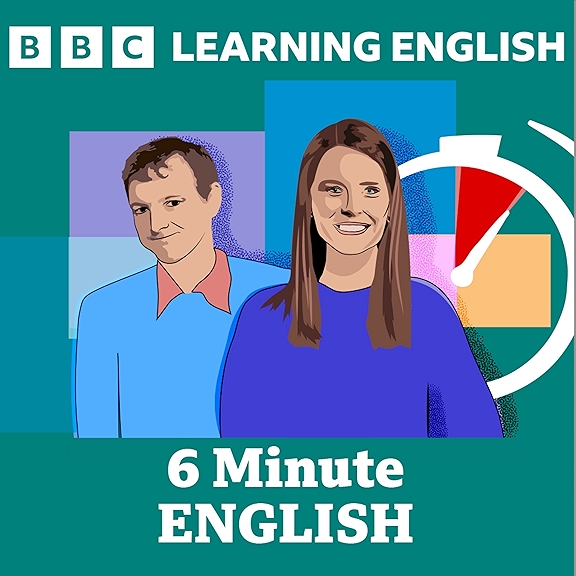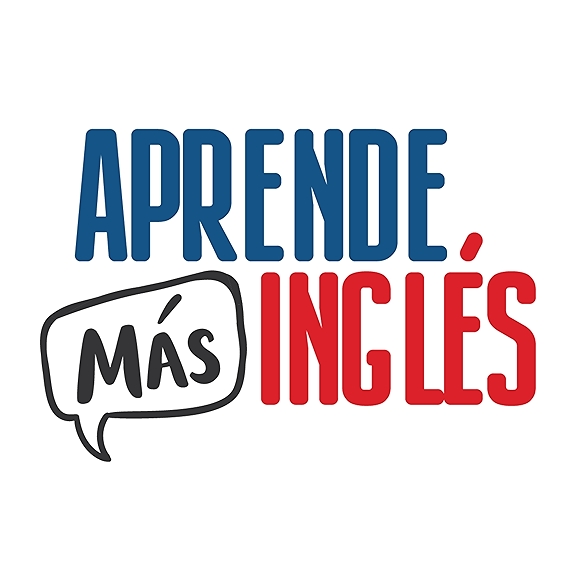
10. Making Sea Level Rise Visible: The Mural Project at Umana School in Boston
The Mural Project at Umana School in Boston
The Sea Level Rise Mural Project at Umana School in Boston is an offshoot of another research project on extreme weather that Lois has been involved with. It has been funded by the National Science Foundation for the past four years. This school year Lois has been working in a Spanish bilingual public school in Boston, called Umana elementary school. It's built on land that is 10 inches above the current mean high high tide. The main high high tide is what we usually call sea level. The school is right on Boston Harbor but the kids don't have any access to the harbor because it's fenced away, and there's weeds and industrial garbage beyond the fence. Lois worked with the art teacher and the fifth through eighth grade students to make a clay tile mural about sea level rise. Many of them are recent immigrants to Boston with varied documentation status. Many are Spanish only speakers.
The playgrounds at Umana have already flooded at 10 inches, and they're going to continue flooding. By 2030 it's going to be 14 inches, by 2050 It's going to be 33 inches, and by 2070 it’s supposed to be 55 inches. These might be low estimates. The purpose of the project is to raise community awareness about the impact of sea level rise on this community, and help them to understand nature based solutions to sea level rise. We are making murals that show the animal habitat in the area, and potential adaptations to address the flooding. For example, structures can be elevated, or structures can be built to block the wave action. Or marshes can be created to absorb water. The hope is that these murals will educate and motivate community planning.
Lois describes her state of disequilibrium as she embarks on a project out of her expertise as a teacher and a researcher. Lois had to learn from others how to design and site a mural. She had to work with new materials and collaborate with others that could fire the 900 discreet tiles painted by students, and then install them on interior walls at the school. Lois was challenged to learn a lot quickly about what constitutes or threatens healthy sea life in Boston Harbor, and what is predicted to happen to sea life with sea level rise. Lois worried about what students were actually learning as they painted their individual tiles, and how her arts education values of student choice, revision, joy, personal expression, problem solving, engagement, connection, commitment, imagination, reflection, playfulness, and close observation were, or were not, being attended to in this project.
Lois describes how she has enjoyed the collaboration with the art teacher, and getting to know the East Boston community. She appreciates the public visual permanence of the information that is expressed in the mural, which can be a platform for future learning. But what worries her about the project is whether the kids learned enough about sea level rise and the importance of biodiversity. . I don't know if they did. I don't know if they know why biodiversity matters. Were the students engaged enough and do they see the personal relevance? Lois asks, what makes a good enough project in climate education?
Ask The Students For Their Ideas
Louise
I applaud you and your colleagues for jumping in, Lois. I think about Trena and Constance in our last episode, who surveyed the students of the teachers they were working with, and found out that kids were thinking about climate change all the time. They were wondering why adults aren't doing more. I can't imagine that that's so different for the children in Boston at Umana Elementary School. It is so great that they are having the opportunity to paint tiles with the local sea life, and that their learning is right there surrounding their school. These students see adults, you and your colleagues, as you put the panels together, and they see that you are doing something. I imagine they see that this is helping them and their families to understand how climate change is going to change their local environment. I imagine the kids must be really grateful that that's happening. I just can't imagine that it isn't very reassuring for children to see this project happening. I can't imagine that, because it will be a permanent piece at the school site, that it won’t inspire more collaborations and new curriculum about climate change in East Boston and the world. What a gift!
Heather
Amazing educators, artists, like yourself, Lois, do good enough projects. What makes a good enough project is having an excellent art educator in a system of schooling that is not conducive to the kind of artmaking that they're used to. When I was in second grade my whole extended family took several vacations to Yellowstone National Park. I was so enthusiastic about what I experienced that my second grade teacher gave me an opportunity to lead an art project for my classmates. This is a story of Heather's character as a curriculum designer from a very young age! I really wanted all the students in my classroom to feel and know what I knew about mud pots from Yellowstone National Park, because I remember standing by these muddy sulfur gray, gooey pots that would bubble up, and it felt like something from the Jurassic period. My imagination was just exploding. I got the idea to provide my classmates with coffee filters that they could paint gray, to simulate the mud pots. Then I told the whole class everything I had learned about mud pots in my Junior Ranger program. It was a profoundly meaningful experience for me. Made possible with coffee filters, gray paint, and a second grade teacher who was willing to take a risk on a t year old’s idea. For me, it was a rich experience that connected me to a love of the land and the Earth.
Lois Hetland
You had a powerful experience and you wanted to share it and you were allowed to come up with a way to share it with other people. Your story demonstrates how important the idea of student choice and agency is in schooling. I worry that in this project there might not have been enough choice. So much of it was designed by adults.
What’s The Meaning of Life?
Louise Music
But it's just the beginning, Lois. When listening to Heather, I am reminded of a video on You Tube where Neil deGrasse Tyson is talking to a six year old about the meaning of life. It’s a must see. Neil de Grasse Tyson explains to the child that the meaning of life is always revealing itself to us. Herecommends to the child that the most important thing to do is to go out into nature. He recommends the child pull things up out of the ground, smell them, take them apart, and look at how they're connected to each other. Basically, his best advice to this six year old is to do some version of what Heather was doing with her second grade classroom. The advice from the astro-physicist is experiment! Look at things that you've experienced, and think about what they're like and do something with it. Don't be afraid to explore. And maybe that's good advice for teachers. Maybe what we need to be saying to teachers is, explore! Do what Lois did. Come up with an idea and do it even if you are not sure how it will turn out. Then think about how well it went. Ask your students, “how did that go? What was confusing?” And then, with their input, begin again.
Process Over Product?
Cally Flox
I think it's important to remember that we're educators. We want to assess what the kids do. We want to check our success. But a project like this isn't about our success. And the most important things we learn in life can't be assessed or measured in these ways.
So Louise just made it really simple. Ask the kids, what did you think? How did that feel, and then begin again. If you put your heart and soul into something, and you do something really wonderful, and then you reflect on it, and you begin again, that's good enough.
Lois Hetland
I think what still worries me is that this project was too product focused. It was about making a mural, and that maybe a lot of the process of making the mural got lost.
Cally Flox
The beauty of your project, Lois, is that it has a permanence that is going to be there over time. The students have time to engage their families, their friends, and for more conversations. There's a new process being born because the product is in place. The students have the opportunity to go to that wall every day. They will say, “I made this tile. What do I remember about making this tile? What do I want to tell somebody about this tile?” Your project, Lois, is just beginning.
“Let’s Give Them Something To Talk About!”
Louise Music
Yes, Cally. I don't think we can underestimate the power of conversation. That's why we do this podcast. Good conversations need to start in our classrooms. We need to listen to children. I think we all know and have experienced the great promise of arts in our classrooms and schools. The arts products provide so many multiple ways for us to see what's going on in students’ hearts and minds.
Heather
I want to talk about the studio structures, because you haven't got into the exhibition part of this project yet, right Lois? The gallery showcase of student work, or the dance or music performance, at the end of a learning experience are rich opportunities to launch next steps.
Studio Thinking: The Real Benefits of Arts Education
Cally Flox
Let's clarify studio structures, because that's an important teaching pedagogy from Lois’ book Studio Thinking: The Real Benefits of Arts Education. Lois and her colleagues analyzed visual arts classrooms and found four structures that work in a studio setting, that we have found also work across the performing arts. One is a lecture demonstration: you give the kids the information and the background and the skills they need to do the project. The next one is: students at work. That's where students spend most of their time in great classrooms learning and applying skills and technique. Then critique and reflection. Then the last studio structure is performance or exhibition: where student work is shared in a culminating way.
Heather
I have seen what one night on stage for two hours does for the learning of my students. In the weeks after their performance students are best friends. They want to talk to me and show me dance videos just because of this performance experience we have had together. I would anticipate some more satisfaction from your project Lois as a result of the community coming together to view and reflect upon the final murals.
Lois Hetland
I do hope that it catalyzes something good for the future of these students and their community.
Let's say that I don't think I did everything that I wish I'd been able to do in this project. But it really is important. And there really will be some big things that come out of it. So everything didn't go perfectly or work out the way I wanted it to. That's the nature of first things and collaborations. I hope other teachers understand that it's worth taking a risk. Even if you really don't know how to do it, just dive in there and start figuring it out. There are lots of resources out there . There are people who will help you. The kids will help you figure it out.
Links Mentioned:
- Photos of the Umana Sea Level Rise Mural
- Article about the Umana Sea Level Rise Mural
- Studio Thinking: The Real Benefits of Arts Education
- Neil de Grasse Tyson Talks With a Six-Year Old About the Meaning of Life
Follow Us:
Subscribe on apple, spotify, pandora, amazon, google




















